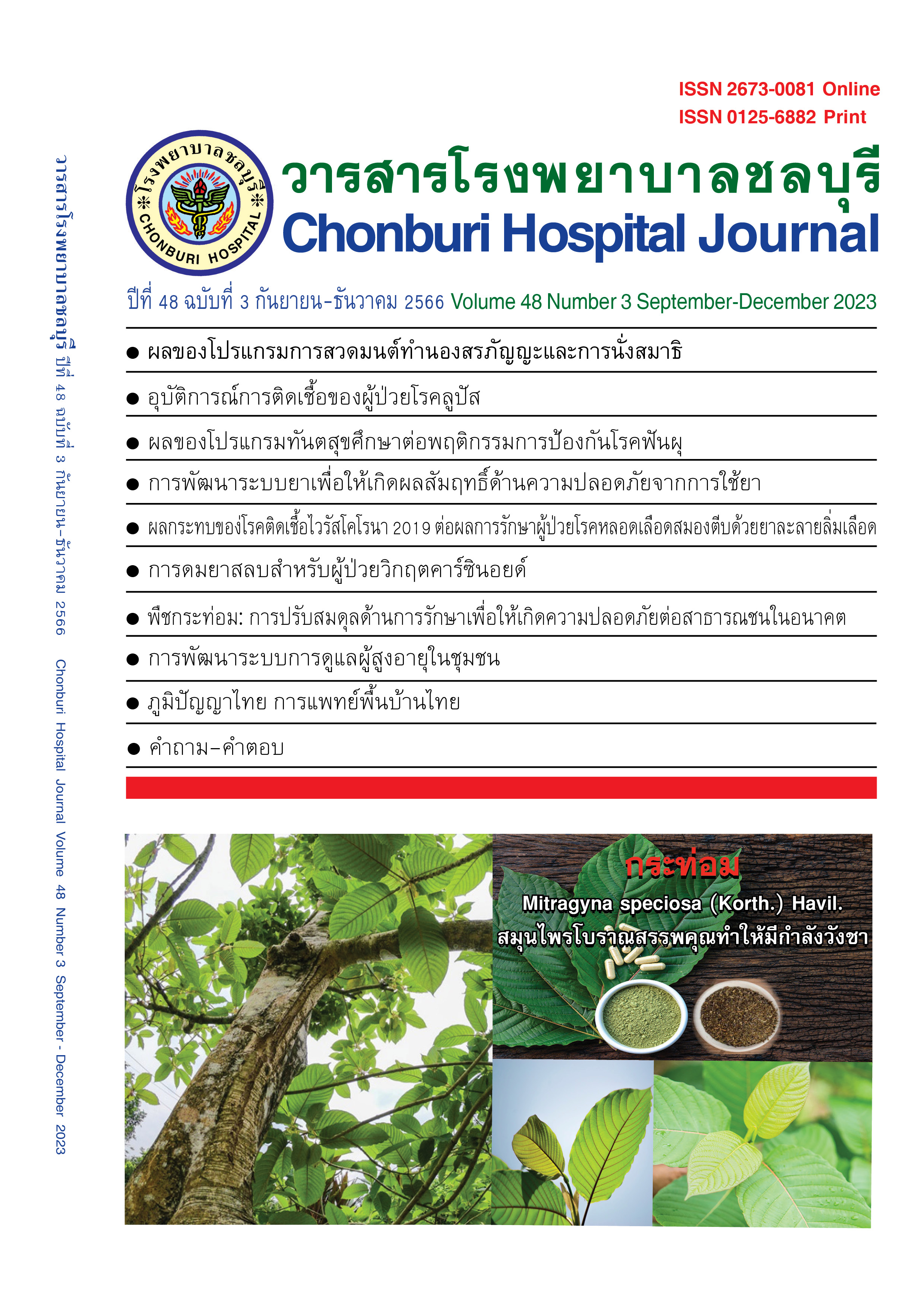The Carcinoid Crisis during General Anaesthesia
Abstract
Introduction
Though a neuroendocrine tumour was found infrequently, it was not considered rare as it could be metastasized and secreted its bioactive substances, namely serotonin, histamine and kinin peptides. Patients with this kind of tumour were not regularly found their symptoms so that it could not be easily predicted its severity of perioperative complications. Anaesthetic technique therefore challenging in preventing carcinoid crisis during its perioperative period.
Presentation of case
A 75-year-old obese woman with diagnosed well-controlled primary hypertension and diabetes mellitus type two, was admitted in Koh Samui hospital two months ago because of rapid rate atrial fibrillation and deep vein thrombosis. She did a Computed Tomography (CT) scan for causes of deep vein thrombosis and was accidentally found 2.5 cm. mesenteric mass at mid-upper abdomen, favours carcinoid tumour, yet she has not been found any other symptoms of carcinoid syndrome. She went through a surgery and developed carcinoid crisis during the operation.
Discussion
Carcinoid crisis may produce life-menacing perioperative hemodynamic instability with mainly occurs with primary tumours that do not drain into the portal system or tumours with hepatic metastases. Therefore, preparing for carcinoid crisis was an important thing for this patient due to her primary tumours originated from ileum and jejunum, which have high incidence of hepatic metastasis.
Conclusion
Anaesthetic technique is considered essential in preventing carcinoid release from stress caused by the induction of anaesthesia, intubation, or tumour manipulation. Anaesthesia providers, thereby, should be able to understand not only the variability of the clinical manifestations or perioperative complications which are often associated with this syndrome, but also its choices of treatments.
References
Kulke MH, Mayer RJ. Carcinoid tumors. N Engl J Med 199; 340:858-68.
Modlin IM, Kidd M, Latich I, Zikusoka MN, Shapiro MD. Current status of gastrointestinal carcinoids. Gastroenterology 2005; 128:1717-51.
Tichansky D, Cagir B, Borrazzo E, et al. Risk of second cancers in patients with colorectal carcinoids. Dis Colon Rectum 2002; 45:91-7.
Graham GW, Unger BP, Coursin DB. Perioperative management of selected endocrine disorders. Int Anesthesiol Clin 2000; 38:31-67.
Published
Versions
- 2024-01-14 (2)
- 2024-01-08 (1)
Issue
Section
License

This work is licensed under a Creative Commons Attribution-NonCommercial-NoDerivatives 4.0 International License.
บทความที่ได้รับการตีพิมพิ์เป็นลิขสิทธิ์ของวารสารโรงพยาบาลชลบุรี
